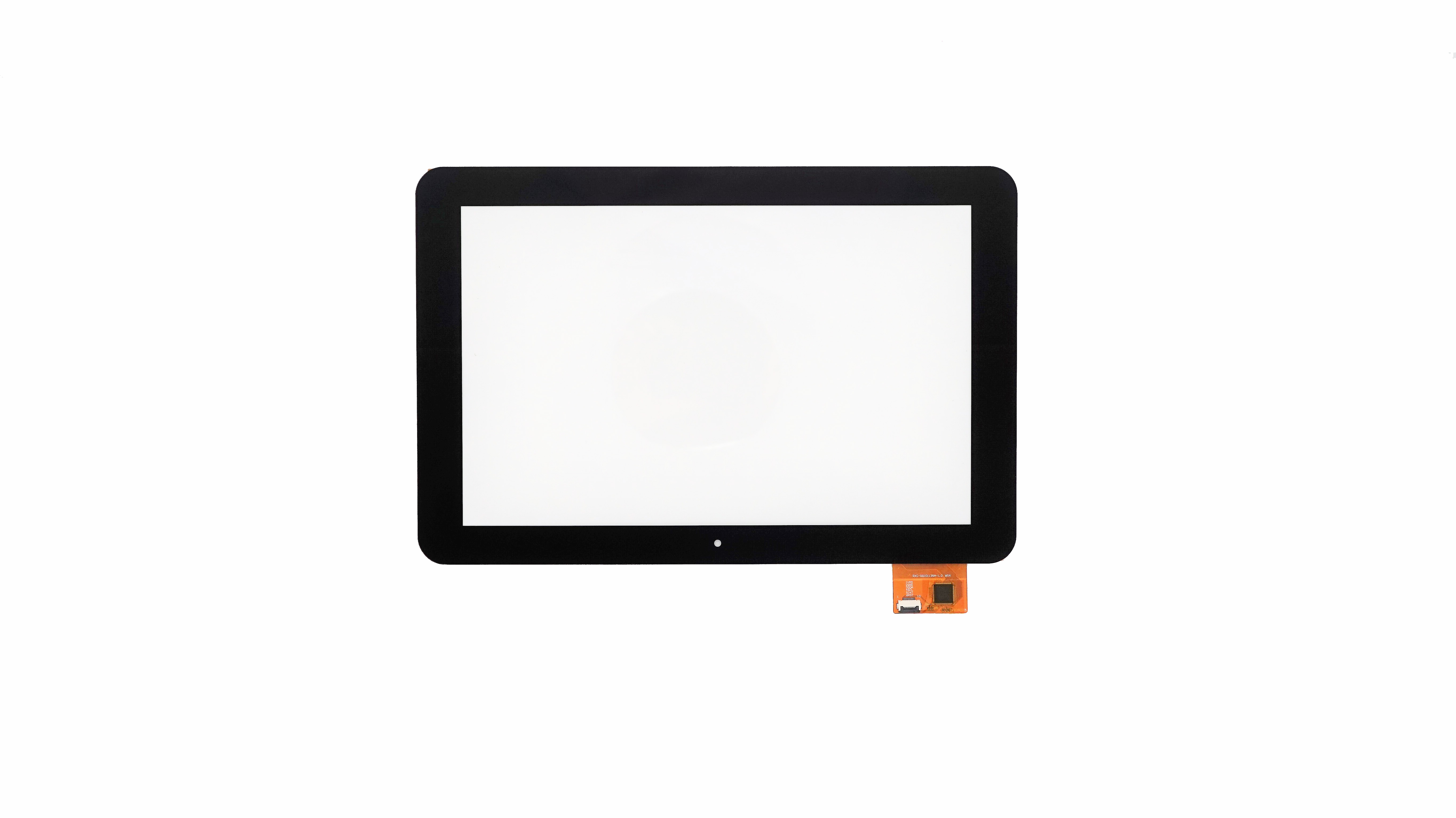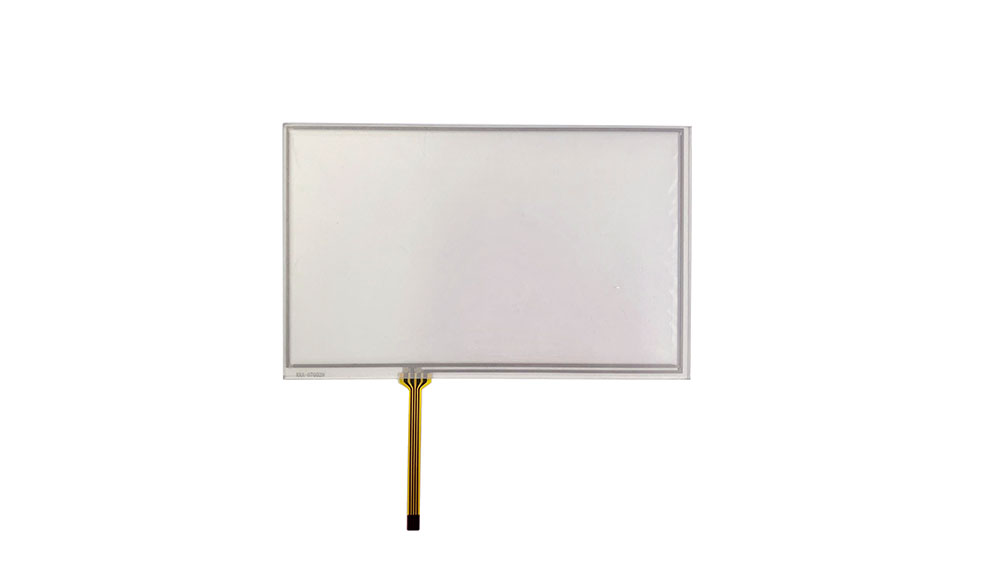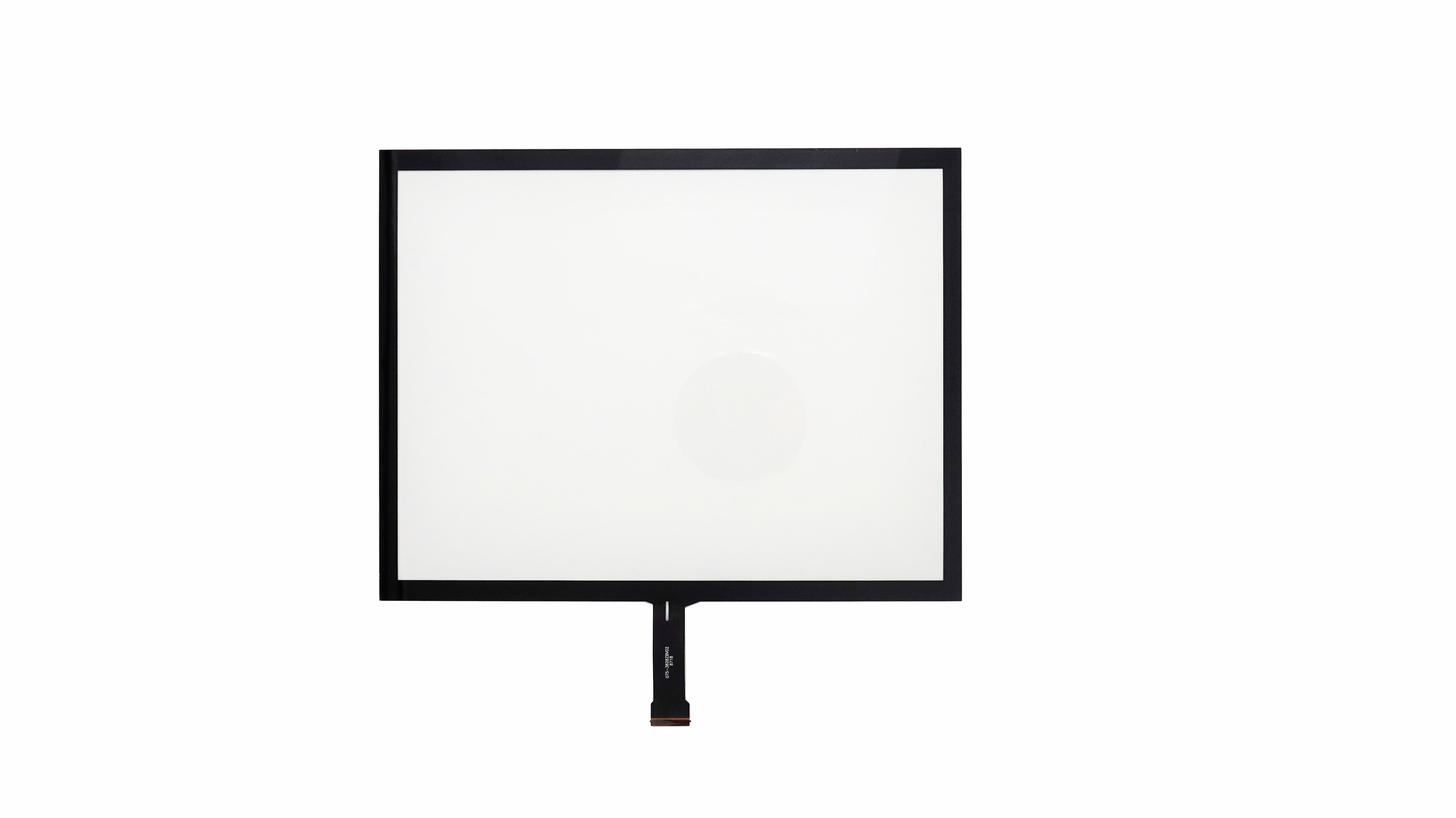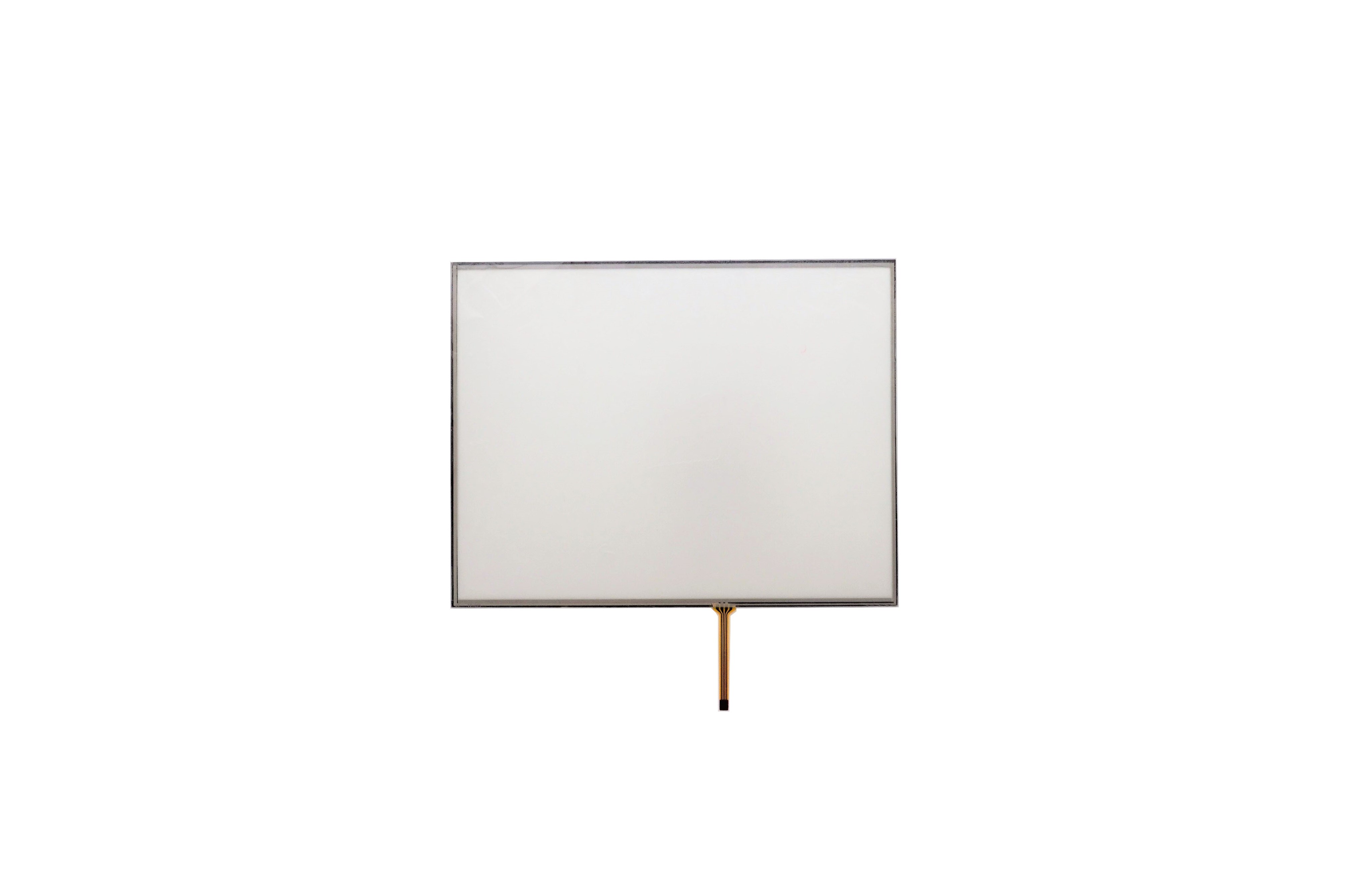With the continuous development of science and technology, touch screen technology is also improving. Touch screen technology is a technology for directly inputting commands on a display screen, and is widely used in various electronic devices. This article will focus on several major touch screen technologies, as well as their applications and developments.
The first touchscreen technology was Analog Matrix Resistive (AMR) technology. AMR technology forms a resistive network by arranging a series of vertical and horizontal conductive lines on the display. When the user touches the screen, the current will change on the conductive line according to the touch position, so as to realize the recognition of the touch point. The advantages of AMR technology are low cost, easy manufacture and maintenance, but relatively low sensitivity and resolution.
The second touchscreen technology is the capacitive touchscreen. Capacitive touch screens use the principle of capacitive sensing to cover a layer of capacitive plates on the display screen. When the user touches the screen, since the human body is a capacitive object, it will change the electric field distribution of the capacitive plate, thereby realizing the recognition of the touch point. The capacitive touch screen has the characteristics of high sensitivity, high resolution and fast response, and is suitable for multi-touch and gesture operation.




The third touchscreen technology is infrared touchscreen. The infrared touch screen realizes the recognition of the touch point by arranging a group of infrared emitters and receivers on the display screen, emitting infrared beams, and monitoring whether the beams are blocked by the touch points. Infrared touch screens can realize the manufacture of large-scale touch screens, and have high anti-pollution and protection capabilities.
The fourth touchscreen technology is the Surface Acoustic Wave touchscreen. The surface acoustic wave touch screen generates a shear wave surface acoustic wave by installing a group of transmitting and receiving acoustic wave sensors on the surface of the display screen. When the user touches the screen, the touch will interfere with the sound wave propagation, thereby realizing the recognition of the touch point. The surface acoustic wave touch screen has high light transmittance and durability, but it may have certain difficulties in identifying small touch points.
The fifth touch screen technology is MTK touch screen. MTK touch screen is a new capacitive touch screen technology developed by MediaTek. It uses enhanced multi-touch and resolution technology for high sensitivity and higher resolution.
The final touchscreen technology is the resistive touchscreen. Resistive touch screen is the earliest application of a touch screen technology. It consists of two conductive layers that come into contact when the user touches the screen, forming so-called pressure points that enable recognition of the touch point. Resistive touch screens are inexpensive and can use multiple input methods such as fingers and stylus.
With the continuous development of touch screen technology, it has been widely used in smart phones, tablet computers, car navigation systems and other devices. Advances in touch screen technology enable users to interact with electronic devices more intuitively and quickly,
improving user experience. At the same time, with the popularization of 5G technology, the application of touch screen technology will be further expanded, bringing users a more intelligent and convenient lifestyle.
In short, with the continuous development of touch screen technology, various new technologies are constantly emerging. From analog matrix resistive, capacitive, infrared, surface acoustic wave to MTK and resistive touch screen technology, each technology has its own unique advantages and applicable scenarios. In the future, touch screen technology will continue to innovate, bringing people a more intelligent and convenient life.
Post time: Aug-04-2023



